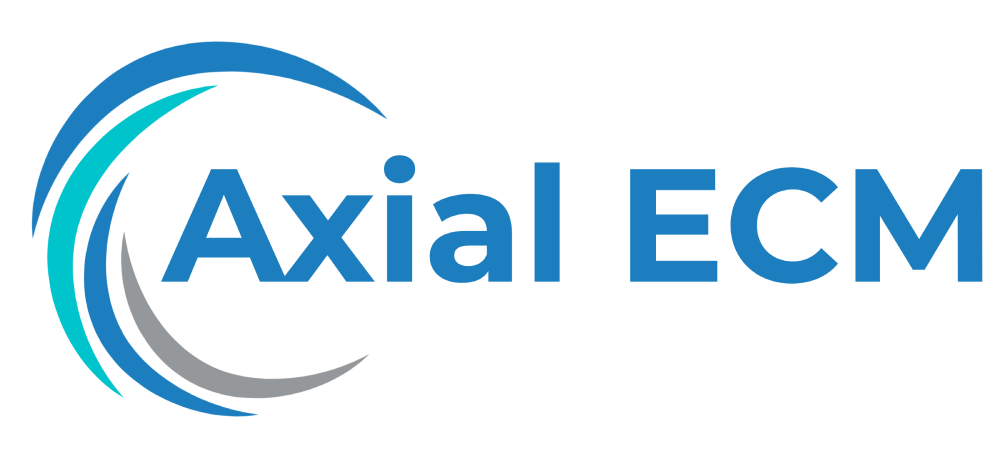Sustainable Practices in ECM: Promoting eco-friendly and sustainable practices through ECM.
Eco-Friendly Audit Trails: How ECM Ensures Sustainability in Compliance
With the increasing focus on sustainability and environmental responsibility, organizations are under pressure to implement eco-friendly practices across all areas of their operations. This includes compliance, where maintaining accurate records and ensuring transparency are essential.
Enter ECM or Enterprise Content Management, a system designed to streamline document and records management while also promoting sustainability. In this article, we will explore how ECM enables eco-friendly audit trails and contributes to overall sustainability in compliance.
What is ECM?
ECM stands for Enterprise Content Management. It refers to a set of strategies, tools, and processes that facilitate the efficient capture, storage, organization, and retrieval of an organization’s information assets. ECM encompasses not just document and records management but also workflow automation, collaboration, and advanced analytics.
The core components of ECM include:
- Content Capture: The ability to capture documents and records in various formats and from multiple sources.
- Document and Records Management: Organizing and categorizing content in a structured manner for easy retrieval and compliance.
- Workflow Automation: Automating business processes and tasks related to content management.
- Collaboration: Facilitating collaboration and document sharing across teams and departments.
- Advanced Analytics: Leveraging analytics to gain insights from content usage and trends.
Eco-Friendly Audit Trails with ECM
Traditional audit trails involve the painstaking manual tracking of documents and records, which not only consumes time and resources but also contributes to significant paper waste. However, with ECM, organizations can significantly reduce the environmental impact of their compliance processes by adopting eco-friendly audit trails.
Here’s how ECM ensures sustainability in compliance:
1. Paperless Operations:
An ECM system eliminates the need for paper-based documents, enabling organizations to go paperless. This not only reduces the consumption of paper but also eliminates the carbon footprint associated with printing, copying, and storing physical documents. By storing documents digitally, ECM eliminates the risk of losing or misplacing important records, making compliance more efficient and reliable.
2. Automated Workflows:
ECM automates compliance workflows, minimizing the need for manual intervention. Automated workflows ensure that documents and records are processed, reviewed, and approved efficiently, reducing the time and effort required for compliance activities. This not only enhances productivity but also reduces the overall energy consumption associated with manual tasks.
3. Version Control and Document Locking:
ECM provides robust version control features, allowing organizations to keep track of document revisions and changes. This ensures that compliance auditors can access an accurate, up-to-date version of the document at any given time. With document locking capabilities, ECM prevents unauthorized personnel from modifying crucial compliance records, ensuring data integrity and eliminating the risk of non-compliance due to tampering.
4. Secure Access and Permissions:
ECM enables organizations to set granular access controls and permissions, ensuring that only authorized personnel can access sensitive compliance information. This prevents unauthorized access and data breaches while also maintaining compliance with data privacy regulations. By limiting access to essential personnel, ECM reduces the risk of information leaks and enhances security.
5. Digital Archiving:
ECM allows organizations to securely store and archive compliance-related documents and records for the required retention period. By digitizing the archiving process, ECM eliminates the need for physical storage facilities and reduces the risk of document deterioration. This significantly reduces the impact on the environment by eliminating the energy consumption and environmental pollutants associated with traditional storage methods.
Conclusion
ECM plays a crucial role in promoting eco-friendly practices in compliance by enabling organizations to move towards paperless operations, automate workflows, maintain version control, control document access, and facilitate efficient digital archiving. By embracing ECM, organizations not only improve their compliance processes but also contribute to sustainability goals by reducing their environmental impact.
The adoption of ECM is not only beneficial from a compliance perspective but also brings numerous operational advantages. Organizations that prioritize sustainability and implement eco-friendly audit trails through ECM are well-positioned to thrive in a world that increasingly values environmental responsibility.
